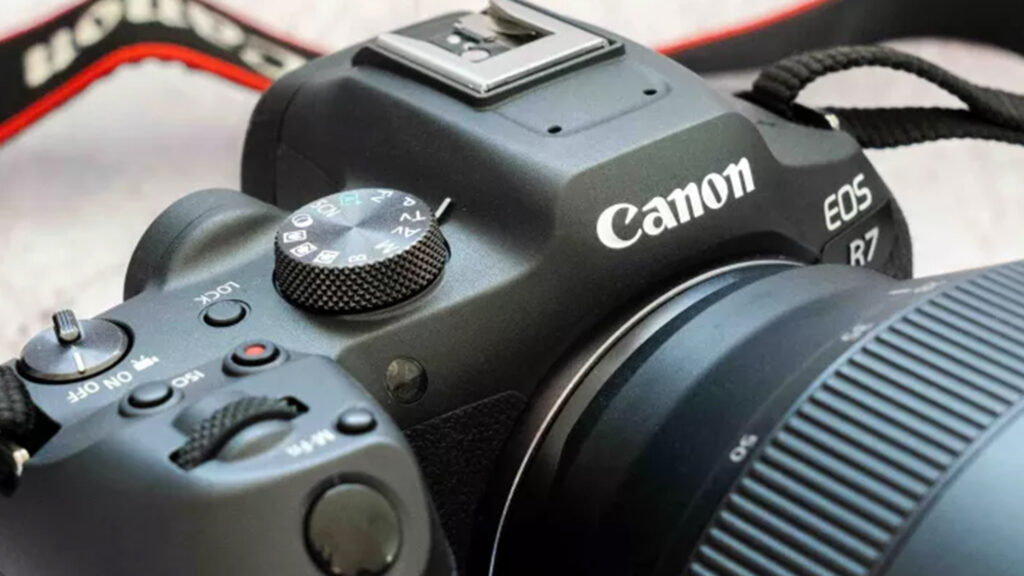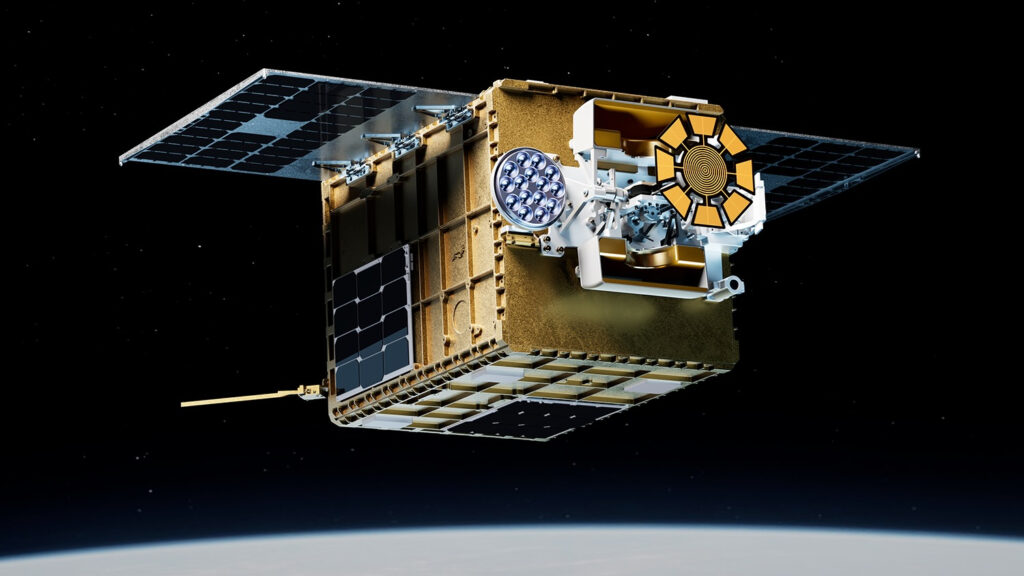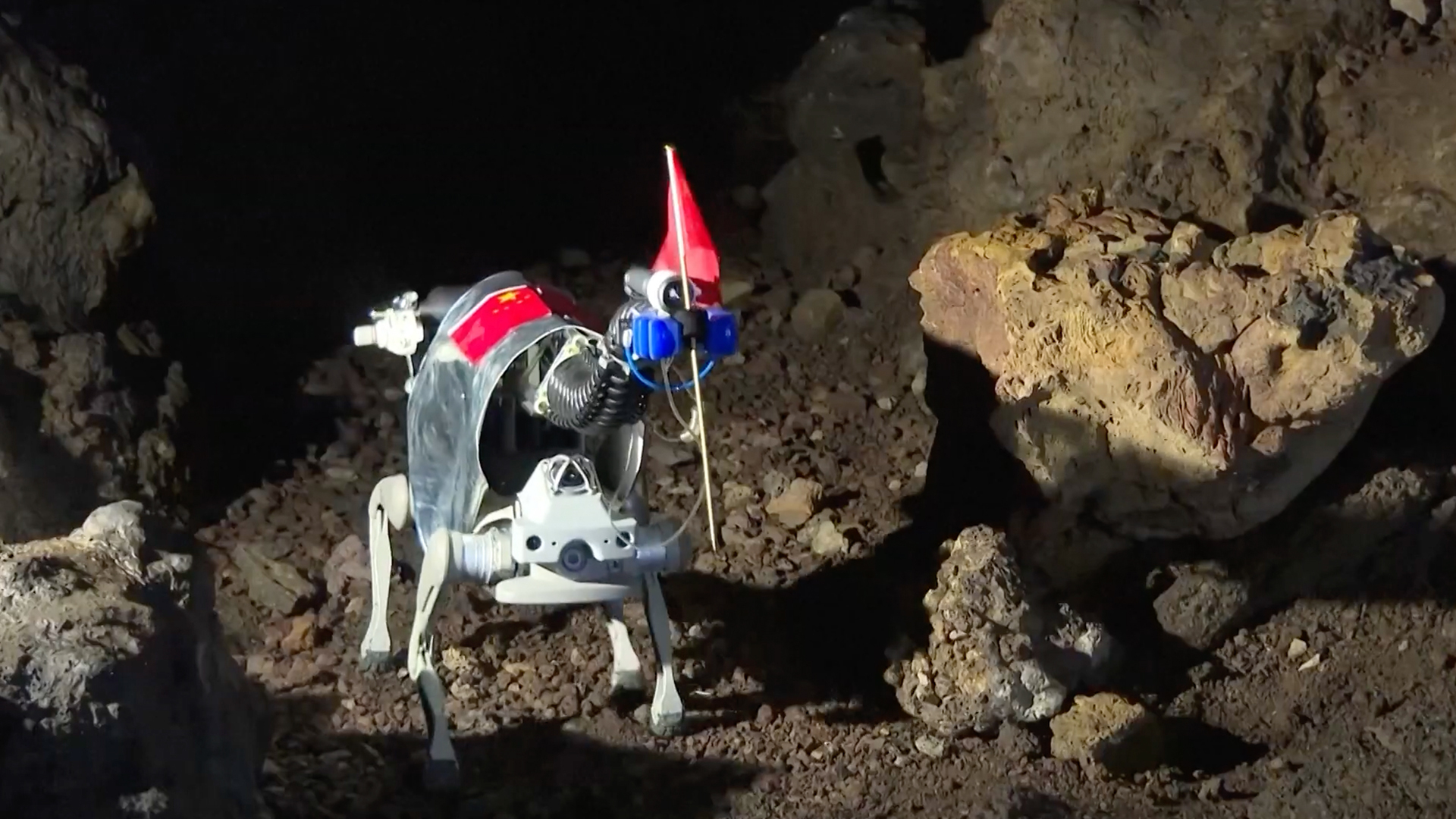Now Reading: What’s the deal with Lex Luthor’s pocket universe in James Gunn’s ‘Superman’?
-
01
What’s the deal with Lex Luthor’s pocket universe in James Gunn’s ‘Superman’?
What’s the deal with Lex Luthor’s pocket universe in James Gunn’s ‘Superman’?
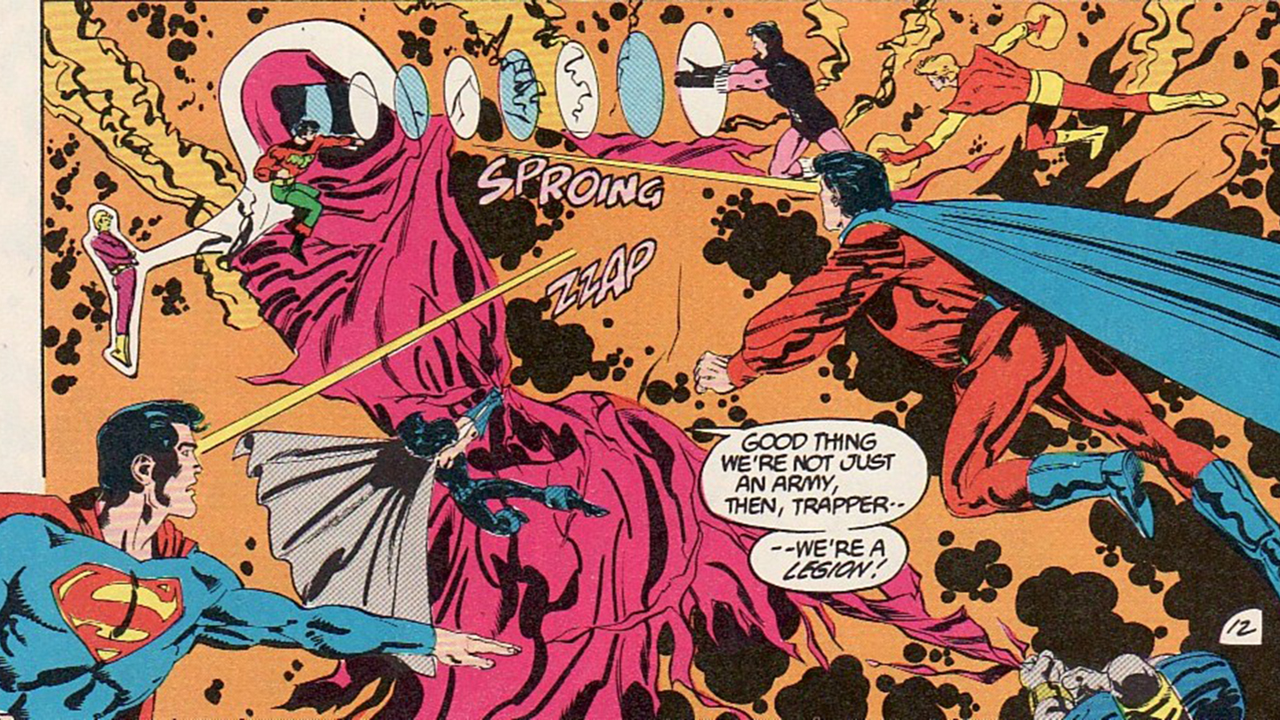
Superman is out in cinemas across the globe now, and both critics and fans are praising the Man of Steel‘s latest refresh for a new age.
But while almost everyone is enjoying The Last Son of Krypton’s latest outing, sci-fi and comic diehards have been paying special attention to the movie’s most striking otherworldly elements. From the infamous Fortress of Solitude to Mister Terrific‘s super-advanced technology, there’s plenty to dig into, but the thing that really caught our eye was Lex Luthor’s pocket universe.
Spoilers ahead for James Gunn’s Superman. You should leap a tall building and get out of here in a single bound if you haven’t seen the movie yet.
Much of Superman’s second act is spent inside a ‘pocket dimension’ used by Lex Luthor and his LuthorCorp scientists and tech wizards. Here, the villain keeps countless metahumans (humans who have developed superpowers), as well as at least one ex-girlfriend who wronged him.
Other surprises found inside this space that exists outside our reality are monkeys trained to post hate on Superman online like real-life trolls, and one creepy guy nicknamed Mister Handsome. The place certainly has a long history by the time Kal-El gets thrown into it, but when and how did Luthor get his hands on his own personal pocket universe?
Pocket universes in DC comics
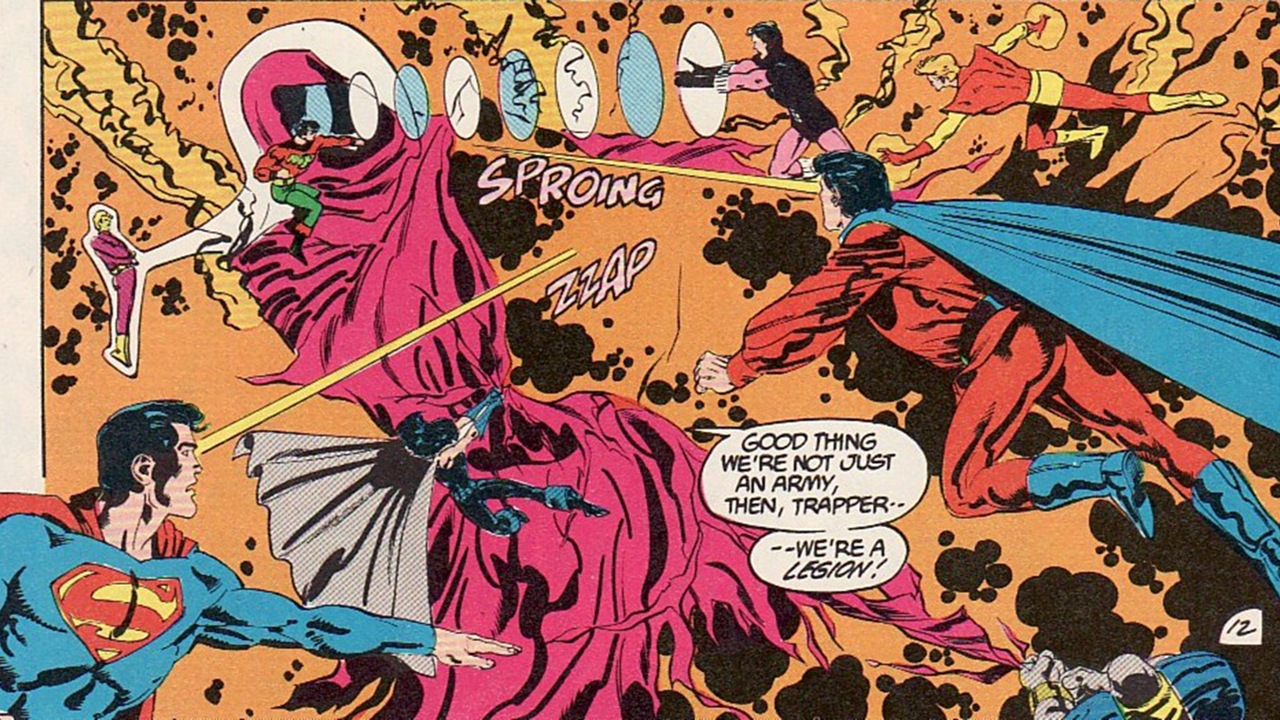
If we look at the DC Comics canon, the Pocket Universe was developed by the Time Trapper as part of a larger plan to control the Legion of Super-Heroes. This enigmatic character used his power to control the time-stream in a post-Crisis on Infinite Earths scenario to create a smaller universe with only two populated planets: our Earth and Krypton.
The Pocket Universe’s first appearance was in Legion of Super-Heroes Vol. 3 #23. It went on to become a huge part of many storylines over the years, but was created just to keep the Legion of Super-Heroes stories with Superboy around too. The creation of a ‘New Earth’ with a Superman who never adopted the identity of Superboy post-Crisis on Infinite Earths forced DC to make this move in order to secure more readers going forward.
We won’t give you the full rundown here since it’s a mind-bending ride chock-full of contradictions, which isn’t relevant to this new iteration of the ‘pocket universe’ concept, but we can tell you Lex Luthor had no role in its creation and control whatsoever.
Pocket universes and ‘eternal inflation’ in the real world

If we want to understand the idea of pocket universes, we need to look at theoretical physicist and cosmologist Alan Guth’s ‘Eternal inflation and its implications‘ 2007 paper, which expands on the research done by theoretical physicist Paul Joseph Steinhardt on the inflationary model of the universe first introduced by Guth himself in 1979. While Steinhardt talked of ‘eternal inflation’, which could be producing a hypothetically infinite multiverse according to Andrei Linde and Guth, he rejected the idea of a multiverse represented by space divided into bubbles with different properties.
Guth’s first goal with the inflationary model was to explain the seemingly smooth and flat distribution of matter and radiation across the discernible universe. The basic idea was our universe expanded and accelerated rapidly a few instants after the Big Bang. However, further research and discussion led to more and more physicists taking the idea of a multiverse seriously. “It’s hard to build models of inflation that don’t lead to a multiverse,” Guth explained in 2014. While he pushed for further research, especially as we’re learning so much more about the universe and its origins in recent years, it seems much of the ‘cosmic inflation’ theory can be tested nowadays.
Therefore, the aforementioned ‘bubbles’ in the inflationary model are just ‘realms’ that contain universes just like ours, the only one we can observe. Astrophysicist Jean-Luc Lehners elaborated on this in ‘Eternal inflation with noninflationary pocket universes‘ (2012). At the same time, the inflation within these ‘pocket universes’ could present itself in a variety of ways, altering their histories and physical properties. Long story short: If most of the ‘eternal inflation’ model is right, we’re even luckier than we thought.
Will we see Lex Luthor’s pocket dimension again in the DCU?
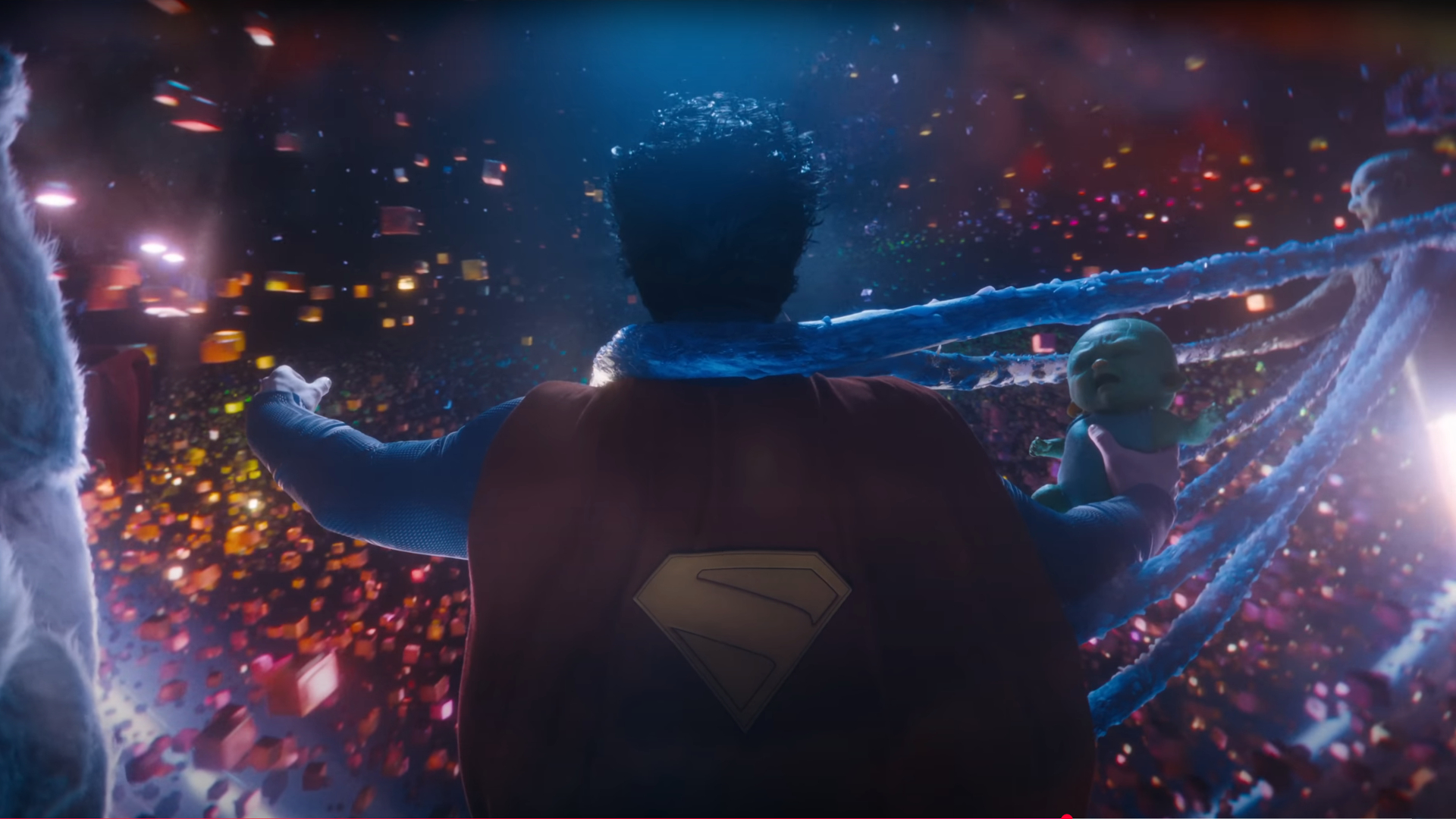
Like many other sci-fi and comic book-y concepts in James Gunn‘s Superman, little is explained about Luthor’s mysterious pocket universe; we don’t know its complete size or who may inhabit it (besides Luthor’s goons and his prisoners). That said, Luthor does explain he “replicated the Big Bang with a LuthorCorp megacollider, tearing a tiny hole in the two universal fabrics,” which sounds like a regular day in the offices and labs for the brilliant scientist and businessman. We can also consider it a small nod to the bigger theories we’ve just highlighted and recent developments in astrophysics and cosmology.
If you’ve watched the movie (if not, why are you here reading all these spoilers?), then you know things go sideways, and our reality is threatened when a rift is created after the dimensional portals become unstable.
Superman and Mister Terrific manage to save the day and (more or less) fix what’s broken, throwing an evil clone of Kal-El (Luthor was very busy) into a black hole found in the pocket dimension.
Anyone familiar with comic books knows this is likely a setup for Bizarro to show up in future stories, so based on that alone, the chances of this location cropping up again in the DCU are high.
Stay Informed With the Latest & Most Important News
Previous Post
Next Post
-
 01From Polymerization-Enabled Folding and Assembly to Chemical Evolution: Key Processes for Emergence of Functional Polymers in the Origin of Life
01From Polymerization-Enabled Folding and Assembly to Chemical Evolution: Key Processes for Emergence of Functional Polymers in the Origin of Life -
 02Two Black Holes Observed Circling Each Other for the First Time
02Two Black Holes Observed Circling Each Other for the First Time -
 03How New NASA, India Earth Satellite NISAR Will See Earth
03How New NASA, India Earth Satellite NISAR Will See Earth -
 04Thermodynamic Constraints On The Citric Acid Cycle And Related Reactions In Ocean World Interiors
04Thermodynamic Constraints On The Citric Acid Cycle And Related Reactions In Ocean World Interiors -
 05Φsat-2 begins science phase for AI Earth images
05Φsat-2 begins science phase for AI Earth images -
 06Hurricane forecasters are losing 3 key satellites ahead of peak storm season − a meteorologist explains why it matters
06Hurricane forecasters are losing 3 key satellites ahead of peak storm season − a meteorologist explains why it matters -
 07U.S. Space Force awards $13.7 billion in new national security launch contracts to Blue Origin, SpaceX and ULA
07U.S. Space Force awards $13.7 billion in new national security launch contracts to Blue Origin, SpaceX and ULA













